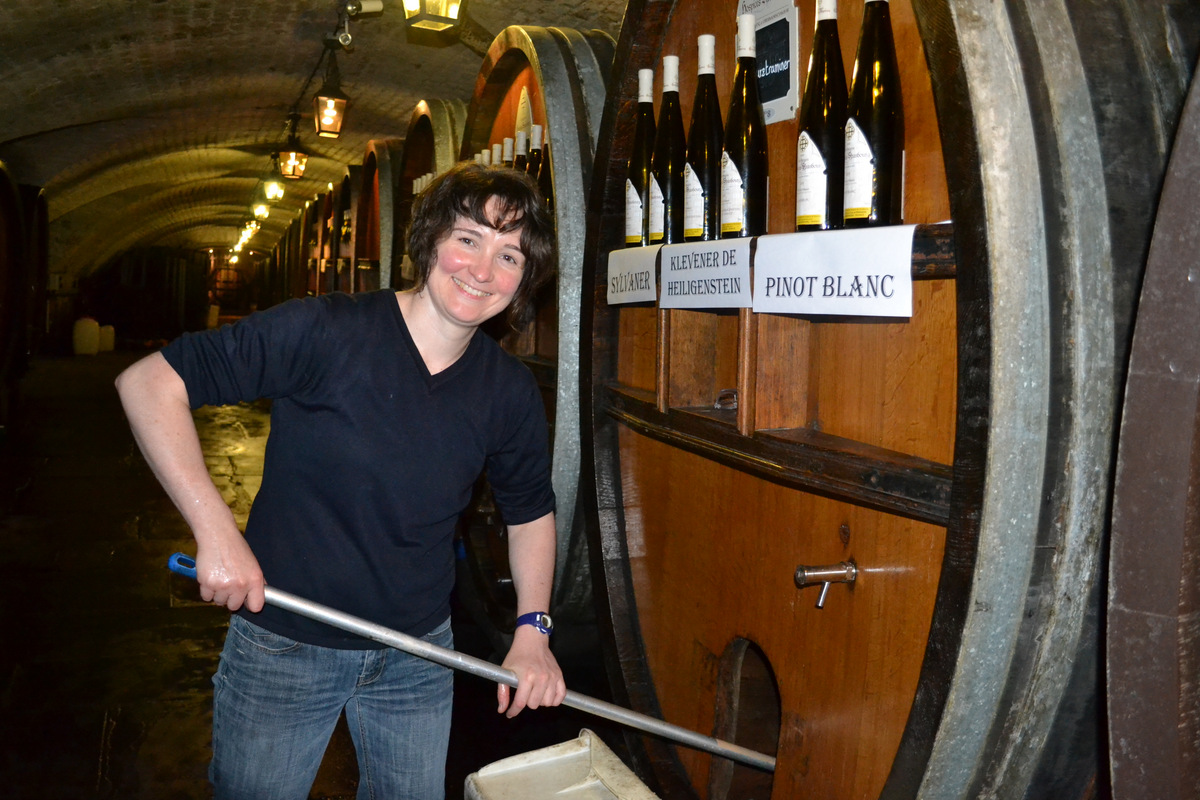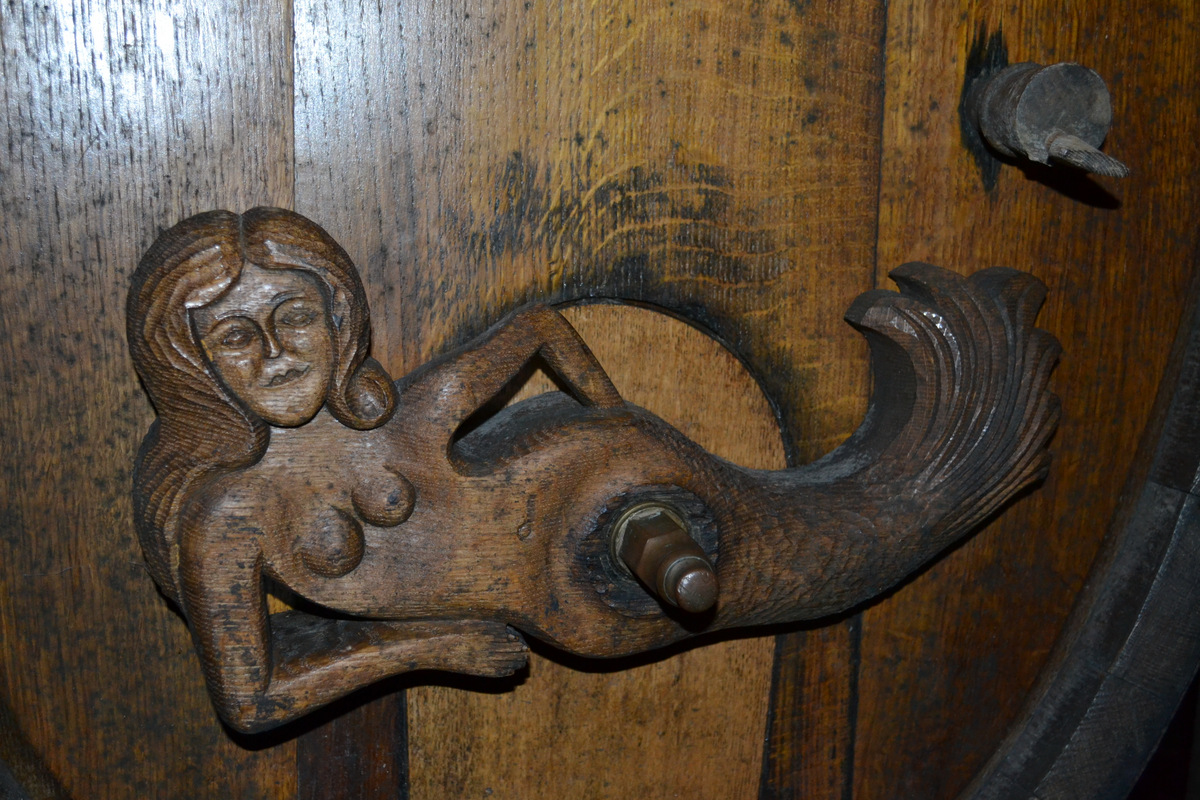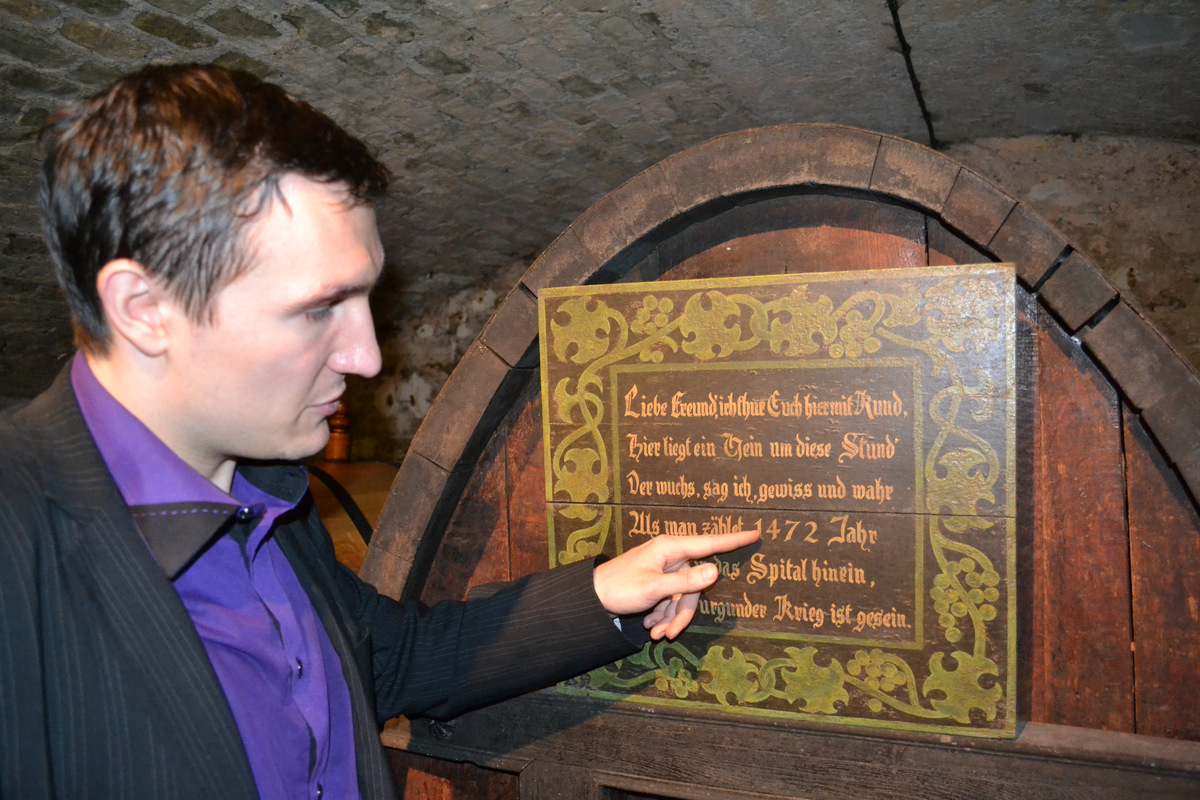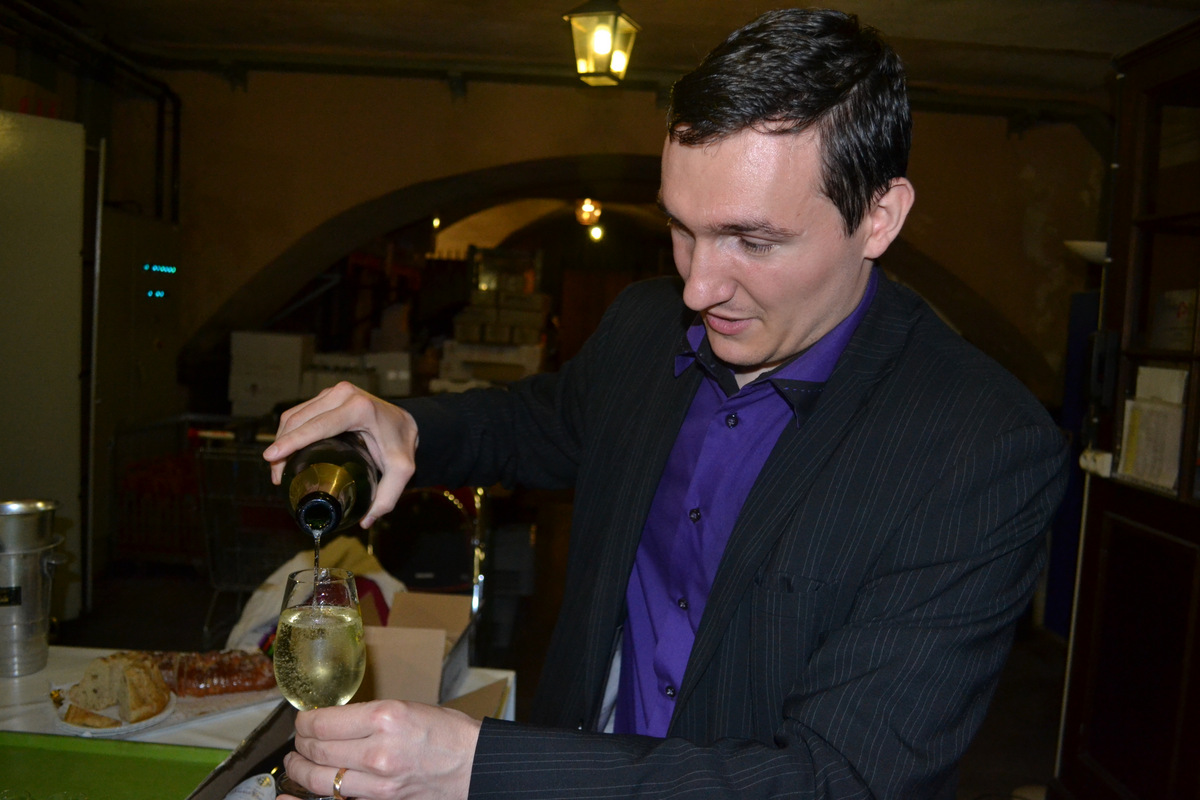The Green Planet Monitor

Gut Microbes & Hospital Wine
You are what you eat, so they say.
As it happens, the trillions of bacteria living in your gut eat what you eat, and turn meals into molecules that boost your health and spirit – if you feed them well. I spoke about the gut microbiome with Genelle Lunken-Healey. Healey specializes in the influence of dietary fibre on gut bacteria. She’s a registered dietitian and Assistant Professor in the Division of Gastroenterology and Nutrition at the University of British Columbia.
Listen to our conversation in today’s podcast edition. Click on the play button on top, or go here.

Trillions of bacteria live in your gut. What you eat, they eat. Gut microbes enjoy a balanced diet, with lots of fiber, fresh fruit, vegetables and nuts.
They also enjoy good drink. How about alcohol? It’s a question science has been debating for years. Of course, moderation is always advised. Is a glass or two of red wine actually good for your health? Or will it send you on a trip to the hospital?
If you live in Strasbourg, France, it may well.
Strasbourg Civic Hospital is one of France’s oldest medical institutions – as large as a small town, with a staff of over ten thousand. In the basement of the hospital’s administration building, there’s a wine cellar. Here, the finest wines from France’s Alsace region are available at a reasonable cost.

Wine casks cleaning (David Kattenburg)
Strasbourg’s Cave Historique des Hospices is a tourist destination – and you don’t have to buy wine. You can just wander through the cool, dimly-lit cellar, gawking at giant oak casks and reading about how the hospital got into the wine business six hundred years ago.
Paying for health care was what it was all about. The hospital’s wealthiest patients forked out gold. Others handed paid with livestock, houses … or vineyards. Over time, the hospital became one of Alsace’s biggest vineyard owner.
Groundwater levels are high in Strasbourg. So, like the city’s famous cathedral, the Civil Hospital’s wine cellar is supported by pillars built atop tree trunks up to five meters tall. “Fondacion sur pilotis,” the system is called.
Along the walls of the cellar, huge oak casks filled with wines produced by twenty-seven vintners from across Alsace. All of the region’s illustrious vintages are here: Riesling, Pinot Gris, Gewurztraminer, Sylvaner, Pinot Blanc, Pinot Noir and Pinot Auxerrois.
Also a pair of unusual cépages: Klevinger de Heiligenstein, from the village of Heiligenstein, thirty kilometers southwest of Strasbourg, and from the village of Ammerschwihr, a short drive west of Colmar, Alsace’s only blended grand cru, Grand Cru Kaefferkopf: sixty percent gewurtztraminer and forty percent of other grape types.
Sticking out of each cask – a shiny spigot that opens with a “paradise key.”

Alsatian vintners have paid for these casks to be refurbished. Still, storage costs must be covered. This is where the cellar’s wine shop comes in. Upon maturation, a small percentage of the wines in the Civic Hospital’s cellar will be bottled for sale.
Some physicians are uncomfortable with the arrangement. But fine wines are prestigious in France – none more so than the 540 year-old wine stored at the very end of the Civic Hospital’s cellar — an Alsatian white wine from 1472. Behind a heavily locked steel gate, five hundred liters of the precious fluid sit tranquilly in a specially-built oak cask.

Thibaut Baldinger and cask of very old wine
Nearby, an enormous oak cask lies on its side. It’s empty now, but once contained twenty-six thousand liters of Pommard — enough to fill 34,000 bottles.
Through a hallway and into another room, something most tourists don’t visit. Here, hundreds of years ago, corpses were dissected by doctors and students — many of them who’d just been executed by drowning at Strasbourg’s nearby Pont Corbeau.
Strasbourg Civic Hospital’s historic wine cellar is open to visitors from 8:30 till 5:30, Mondays to Fridays; Saturdays till noon.
Listen to this story in today’s podcast edition. Click on the play button on top, or go here.

Thibaut Baldinger serves up a glass of chilled Alsatian cremant (David Kattenburg)
A much darker story:
In the annals of racist terrorism, few acts were more hideous or cowardly than the bombing of the 16th Street Baptist Church in Birmingham, Alabama.
Sixty years ago — shortly before 10:30 a.m. on Sunday, September 15, 1963 — nineteen sticks of dynamite attached to a timing device blew out a hole two-meters wide in the eighty year-old church’s back wall, and a half meter-deep hole in its basement. The blast knocked a passing motorist from his car, blew out windows blocks away and could be heard and felt across town.
Five girls were in the church’s basement at the time, preparing for a sermon entitled “A Rock That Will Not Roll.” Four were killed:
Carol Denise McNair was eleven. Addie May Collins, Carole Rosamond Robertson and Cynthia Dionne Wesley were fourteen. One of the four was decapitated. Twenty-two others were injured, some of them grievously.

In the minds of the four Klansmen who committed the crime, the 16th Street Baptist Church was a logical target. Since that Spring, it had been the epicenter of civil rights organizing aimed at registering black voters, desegregating downtown businesses and schools and confronting violence meted out by local Klansmen — violence committed with the support of Birmingham police.
Indeed, in the years leading up to the bombing of the 16th Street Baptist Church, almost two dozen Black-owned businesses and homes had been torched or bombed, earning the northern Alabama city its nickname — “Bombingham.”
With the encouragement and guidance of activists from the Southern Christian Leadership Conference and Congress on Racial Equality, Birmingham residents kicked off the Birmingham Campaign, centering around non-violent direct action and civil disobedience.
School kids were at the vanguard. Over the course of two days in early May 1963, three thousand participated in the Childrens’ Crusade. On the first day, scores were arrested. On the second day, under the command of Birmingham’s notorious Commissioner for Public Safety, Theophilus Eugene (“Bull”) Connor, Birmingham police sicced attack dogs on the kids, and pounded them with fire hoses powerful enough to remove mortar from brick walls and bark from trees.
This was the sort of response Martin Luther King and other civil rights leaders had anticipated. Police brutality against ordinary school children, some as young as four, became instant national TV news.
In response to the devastating media coverage (these were the early days of prime time evening news, when families gathered around black and white TV sets), President John Kennedy and his brother, Attorney General Robert Kennedy, began crafting civil rights legislation that would culminate in the 1964 Civil Rights Act.
On August 28, 1963, millions marched on Washington, listening, spellbound, to Martin Luther King and his ‘I Have a Dream’ speech. The following week, desegregated classrooms opened up in Birmingham public schools.
For Denise McNair, Addie May Collins, Carole Rosamond Robertson and Cynthia Dionne Wesley, there would be little time to celebrate. Although the FBI would establish the identity of their murderers in 1965, the four Klansmen would run free for years.
In 1977, Robert Chambliss was handed a life sentence for the murder of Carol McNair. Thomas Blanton and Bobby Frank Cherry received life sentences in 2001 and 2002 respectively. Herman Frank Cash died in 1994.
I spoke about Birmingham Sunday, and the civil rights activism that led up to it, with Paul Kix. Kix is an American journalist and author. His new book — You Have to Be Prepared to Die Before You Can Begin to Live – Ten Weeks in Birmingham That Changed America – has just been published.
Listen to our conversation in today’s podcast edition. Click on the play button on top, or go here.
Thanks to Dan Weisenberger for his fabulous guitar instrumentals.






 Visit Podcast Website
Visit Podcast Website RSS Podcast Feed
RSS Podcast Feed Subscribe
Subscribe
 Add to MyCast
Add to MyCast